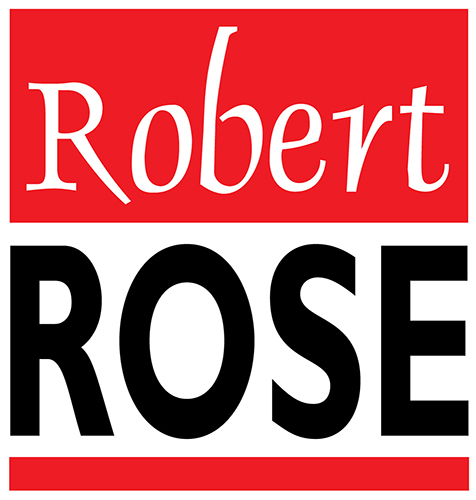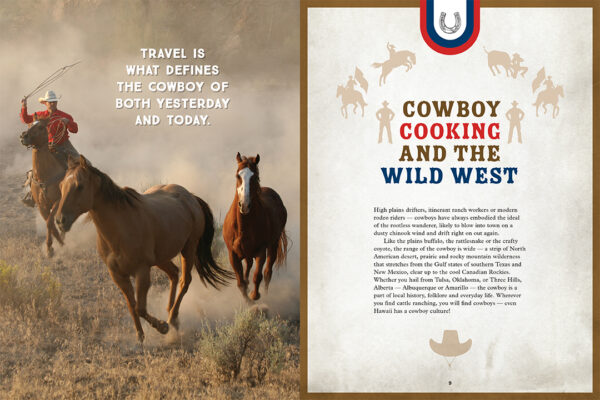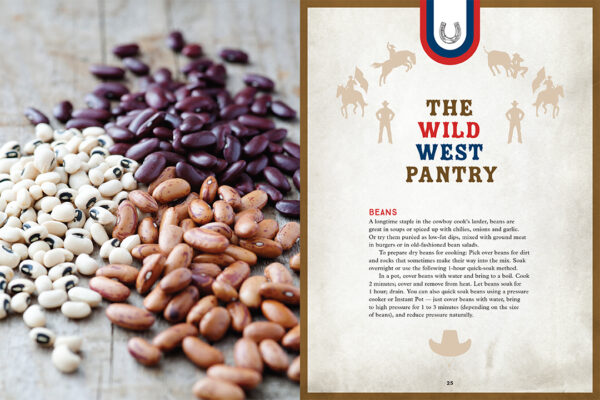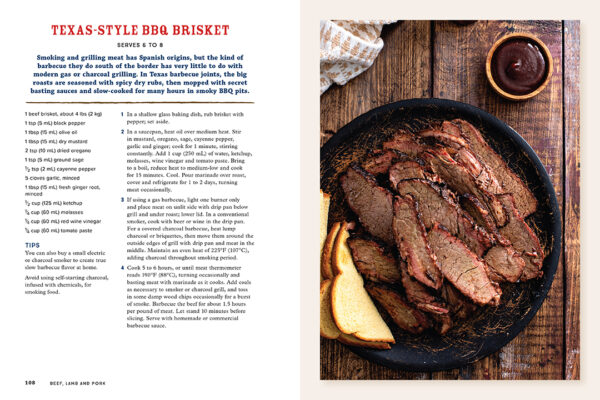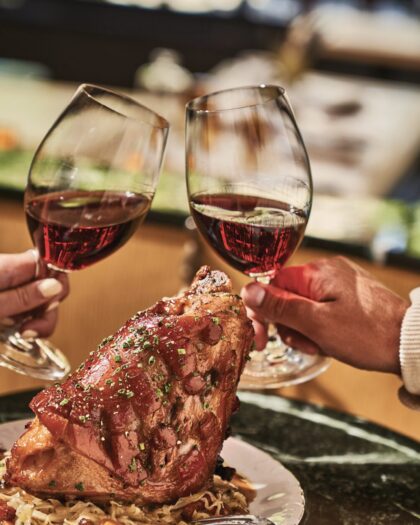Discover Modern Ranch-to-Table Cowboy Cuisine
The very name “Cowboy Cuisine” evokes images of the rugged Old West, where hearty meals were cooked over open fires under wide-open skies. This style of cooking, born out of necessity and simplicity, has become an enduring symbol of American heritage. In this post, we’ll explore the history of cowboy cuisine, its unique characteristics, and some basic cooking techniques. We’ll also introduce you to The Wild West Cookbook 2nd Edition, by Cinda Chavich, featuring over 90 classic and contemporary recipes that honor this storied culinary legacy.
The History of Cowboy Cuisine
Cowboy cuisine dates to the mid-1800s, during the era of cattle drives across the American frontier. Cowboys needed sustenance that was portable, non-perishable, and capable of being cooked quickly over a campfire. The result was a cuisine that relied heavily on dried beans, salted or smoked meats, coffee, and simple bread like biscuits or sourdough.
Chuckwagons, essentially mobile kitchens, were central to these cattle drives. The cook, or “cookie,” was an essential figure, not only preparing meals but also potentially acting as a doctor, barber, and banker. Meals were straightforward but filling, designed to provide the energy needed for long days of hard labor.
What Makes Cowboy Cuisine Special?
Cowboy cuisine embodies the spirit of the Wild West—resourcefulness, simplicity, and a connection to the land. The food was often cooked over an open flame, imparting a smoky flavor that’s tricky to replicate in modern kitchens. Dishes like chili, cornbread, and cowboy beans remain popular, reflecting the cuisine’s roots in necessity and creativity.
Another distinctive feature of cowboy cuisine is its communal nature. Meals were often shared around a campfire, fostering a sense of camaraderie among the cowboys. This tradition of gathering to share a hearty meal continues to this day in modern barbecues and cookouts.
Basics and Cooking Techniques
At its core, cowboy cuisine is about making the most out of limited ingredients and cooking methods. Here are some basics and techniques known to be used in its prep:
- Dutch Oven Cooking: A versatile and essential tool in cowboy cooking, the Dutch oven can be used to bake, boil, and fry. From stews to cobblers, this enameled cast-iron pot can handle it all.
- Open Fire Grilling: Cooking over an open flame is a hallmark of cowboy cuisine. Meats like steak, ribs, and sausages are often grilled, imparting a unique smoky flavor.
- Cast Iron Skillets: Durable and able to retain heat well, cast iron skillets are perfect for frying up bacon, eggs, and even making biscuits.
- Simple Ingredients: Staples include beans, flour, cornmeal, and preserved meats. Spices were minimal, often limited to salt, pepper, and maybe some chili powder.
- Slow Cooking: Many dishes, like stews and chili, benefit from slow cooking, allowing flavors to meld together and meats to become tender.
Introducing The Wild West Cookbook 2nd Edition, by Cinda Chavich
For those interested in delving deeper into the world of cowboy cuisine, The Wild West Cookbook 2nd Edition, is an invaluable resource. This cookbook beautifully captures the essence of cowboy cooking with additional authentic recipes, updated techniques, and historical context.
Whether you’re a seasoned cook or a culinary novice, this book provides a comprehensive guide to mastering cowboy cuisine. From classic dishes to modern takes on old favorites such as Wild West Bean Caviar, Cowboy Beef Jerky, Coleslaw with Old-Fashioned Boiled Dressing, Prairie Oysters, Texas Style BBQ Brisket and Oatmeal and Molasses Bread.
Cowboy cuisine is a testament to the ingenuity and resilience of the American cowboys who explored the frontier. By understanding its history, you can appreciate the rich heritage and enduring appeal of this unique culinary tradition and you can bring the flavors of the Wild West into your own kitchen, honoring the legacy of cowboy cuisine with every delicious bite.
